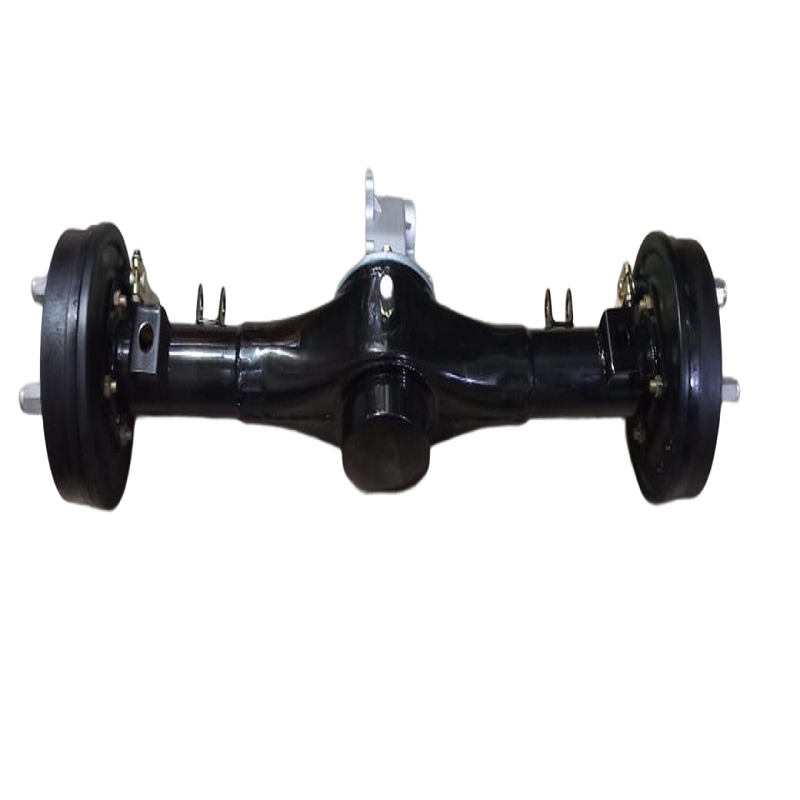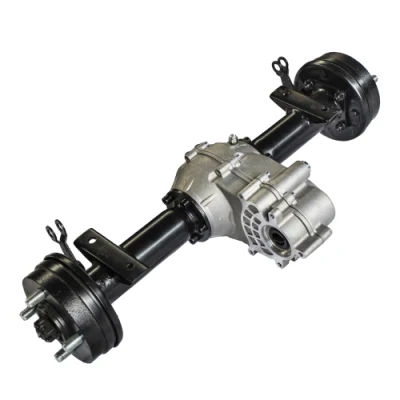Product Description
High quality original CHINAMFG CHINAMFG Differential assembly (199012320198)
| Company | ChinaMach Industry Co.,Ltd |
| Brand | SINOTRUK HOWO/WEICHAI/MAN/SHACMAN/FAW/FOTON/AUMAN/NORTHBENZ/SHXIHU (WEST LAKE) DIS.I/SDLG |
| QUALITY | Original part/OE part |
| Payment term | T/T L/C , Flexible billing method |
| Packing | Standard packing |
We can provide:
TRUCK
Sales Chinese trucks and construction machinery,Provide modificationsu,pgrades, consulting services
SPARE TRUCK
Supply China Truck spare parts and construction machinery parts. Products Include: Sinotruk HOWO, CHINAMFG Power , Fonton, Shacman, SHXIHU (WEST LAKE) DIS.I
SERVICE
Provide cargo warehousing, packaging, shipping and export agency services
Agent procurement, inspection The inspection agency
/* January 22, 2571 19:08:37 */!function(){function s(e,r){var a,o={};try{e&&e.split(",").forEach(function(e,t){e&&(a=e.match(/(.*?):(.*)$/))&&1
| Type: | Axle |
|---|---|
| Material: | Steel |
| Muffler Type: | Rear Muffler |
| Deck: | Single |
| Brand: | Sinotruk |
| Name: | Differential Assembly |
| Samples: |
US$ 20/Piece
1 Piece(Min.Order) | |
|---|
| Customization: |
Available
|
|
|---|

What is the impact of towing on the rear differential, and are there recommended upgrades for towing applications?
Towing can have a significant impact on the rear differential of a vehicle, as it places additional stress and load on the drivetrain components. The rear differential is responsible for transferring torque from the engine to the rear wheels, and when towing, it must handle the increased weight and forces involved. Here's a detailed explanation of the impact of towing on the rear differential and some recommended upgrades for towing applications:
- Increased Load:
- Heat Generation:
- Torque and Power Delivery:
- Recommended Upgrades:
- Heavy-Duty Differential: Consider upgrading to a heavy-duty rear differential specifically designed for towing applications. These differentials are built with stronger gears, larger bearings, and reinforced housings to handle the increased load and torque demands of towing.
Towing adds a substantial amount of weight to the vehicle, which directly affects the rear differential. The increased load can cause higher levels of stress and strain on the differential gears, bearings, and other internal components. Over time, this added stress can lead to accelerated wear and potential damage if the differential is not adequately equipped to handle the towing load.
Towing places additional demands on the rear differential, resulting in increased heat generation. The added weight and increased torque required to move the load can cause the differential fluid to heat up more quickly. Excessive heat can degrade the fluid's lubricating properties and accelerate wear on the differential components. It is crucial to monitor the differential temperature and ensure that the fluid is capable of withstanding the towing workload.
Towing applications often require a higher amount of torque and power delivery from the rear differential. Depending on the vehicle and towing capacity, the differential may need to transfer a significant amount of torque to the rear wheels. This increased torque can put additional strain on the differential gears, bearings, and limited-slip mechanisms. Upgrading the differential can help ensure that it is designed to handle the higher torque demands of towing.
For towing applications, there are several recommended upgrades that can enhance the performance and durability of the rear differential:
It's important to note that when considering upgrades for towing applications, it is recommended to consult with reputable manufacturers, automotive specialists, or towing experts who can provide guidance based on the specific vehicle make and model, towing capacity, and intended usage. Proper installation and maintenance of the upgraded components are essential to ensure their effectiveness and durability in towing situations.

Can you provide insights into the importance of proper rear differential alignment?
Proper rear differential alignment is crucial for the optimal performance, functionality, and longevity of a vehicle's drivetrain system. It plays a significant role in maintaining the balance, stability, and overall drivability of the vehicle. Here's a detailed explanation of the importance of proper rear differential alignment:
- Tire Wear:
- Handling and Stability:
- Drivetrain Efficiency:
- Suspension and Component Wear:
- Vehicle Safety:
- Optimal Performance:
Proper rear differential alignment helps ensure even tire wear. Misalignment can cause the tires to wear unevenly, leading to premature tire wear and the need for more frequent tire replacements. By aligning the rear differential correctly, the tires are positioned and oriented in a way that allows for uniform contact with the road surface, promoting even wear and extending tire life.
Correct rear differential alignment contributes to the vehicle's handling and stability. Misalignment can result in an imbalance in the distribution of forces between the rear wheels. This imbalance can lead to unpredictable handling characteristics, such as drifting or pulling to one side, reduced stability during turns, and compromised control of the vehicle. Proper alignment ensures that the rear wheels work together harmoniously, allowing for better handling, improved stability, and enhanced overall driving dynamics.
Proper rear differential alignment helps optimize the efficiency of the drivetrain system. When the rear wheels are misaligned, there can be additional resistance and drag in the drivetrain, resulting in energy losses. This can lead to reduced fuel efficiency and decreased overall performance. By aligning the rear differential correctly, the drivetrain operates smoothly and efficiently, minimizing energy losses and maximizing power transfer from the engine to the wheels.
Misalignment of the rear differential can place additional stress on the suspension components and other drivetrain components. This increased stress can lead to premature wear and damage to components such as bushings, bearings, axles, and universal joints. Proper alignment helps distribute the forces evenly, reducing the strain on these components and minimizing the risk of premature wear, damage, and costly repairs.
Proper rear differential alignment contributes to overall vehicle safety. Misalignment can negatively affect the vehicle's stability, handling, and control, increasing the risk of accidents or loss of control in critical situations. By aligning the rear differential correctly, the vehicle's safety is enhanced, providing the driver with better control and responsiveness, especially during emergency maneuvers or challenging driving conditions.
Ultimately, proper rear differential alignment is essential for achieving optimal performance from the vehicle. It allows the drivetrain system to operate harmoniously, maximizing power transfer, improving handling, and ensuring a smooth and comfortable ride. Proper alignment contributes to the overall performance, drivability, and enjoyment of the vehicle, allowing it to perform at its best under various driving conditions.
In summary, proper rear differential alignment is of utmost importance for various reasons. It promotes even tire wear, enhances handling and stability, improves drivetrain efficiency, reduces component wear, enhances vehicle safety, and ensures optimal performance. Regular maintenance, including rear differential alignment checks and adjustments, is crucial to maintain these benefits and to preserve the overall health and reliability of the vehicle's drivetrain system.

Can you explain the role of the rear differential in a vehicle's drivetrain?
The rear differential plays a crucial role in a vehicle's drivetrain by enabling the power from the engine to be distributed to the rear wheels while allowing them to rotate at different speeds. It is an essential component in vehicles equipped with rear-wheel drive or all-wheel drive systems. Here's a detailed explanation of the role of the rear differential:
The primary function of the rear differential is to transfer torque from the transmission to the rear wheels and to compensate for the differences in rotational speed that occur when the vehicle is turning. When a vehicle takes a corner, the wheels on the outside of the turn cover a greater distance and need to rotate faster than the inside wheels. The rear differential allows this speed difference by allowing the wheels to rotate at different speeds while still receiving power from the engine.
The rear differential consists of several key components, including a ring gear, pinion gear, spider gears, and axle shafts. The ring gear is connected to the driveshaft, which receives power from the transmission. The pinion gear is connected to the driveshaft and meshes with the ring gear. When power is transmitted from the engine through the driveshaft, it causes the ring gear and pinion gear to rotate.
The rotation of the ring gear and pinion gear drives the spider gears, which are located inside the differential case. The spider gears are small gears that allow the rear wheels to rotate at different speeds while still receiving torque. When the vehicle is moving in a straight line, the spider gears distribute torque evenly to both rear wheels. However, when the vehicle turns, the spider gears allow the wheels to rotate at different speeds, compensating for the varying distances they cover during the turn.
In addition to torque distribution, the rear differential also provides gear reduction to increase the available torque at the wheels. The gear ratio of the ring and pinion gears determines the amount of torque multiplication. By changing the gear ratio, the rear differential can be optimized for different driving conditions, such as improved acceleration or fuel efficiency.
It's important to note that certain vehicles, particularly those with all-wheel drive systems, may have additional differentials in the front and center of the drivetrain to distribute power to all four wheels. These differentials work in conjunction with the rear differential to ensure optimal power delivery and traction in various driving conditions.
In summary, the rear differential is a critical component of a vehicle's drivetrain. It enables torque to be transferred from the transmission to the rear wheels while allowing them to rotate at different speeds during turns. By distributing torque and compensating for speed variations, the rear differential ensures smooth and controlled power delivery to the wheels, improving traction and overall vehicle performance.


editor by Dream 2024-04-29